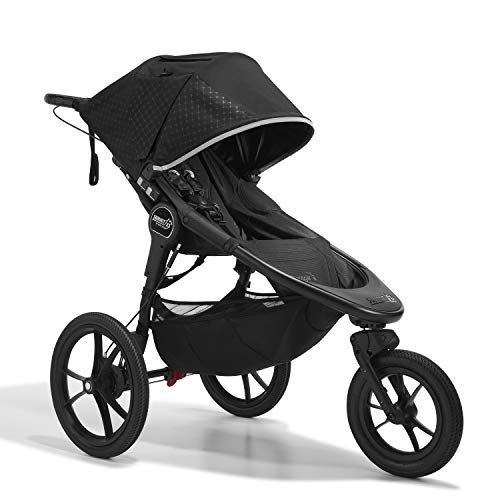What to Look For in a Running Pram
A running pram is a type of stroller that is designed to handle greater speeds and has suspension on the wheels for more comfort for infants. They typically come with a swivel front wheel that locks into the position for extra safety and a brake operated by hand for greater control.
Most pelvic floor physical therapists suggest that babies be nine months old before they begin buggy running. Each child is unique.
Safety first
It's a pleasure to include your baby in your fitness routine, but safety must always come first. Be sure to select safe, quiet paths or wide, paved ones and stick to the daytime when your baby is most relaxed. Babies can be very fussy when they have a full stomach so it's important to plan your run around their feed times to ensure an easy, hassle-free experience. lightweight stroller Pushchairs And Prams as a 5-point harness and handbrake will ensure your baby's safety as you jog and will help you maintain control, especially when you're running at a high speed and may need to quickly stop.
Parents who love their cardio workout that makes them feel good, running prams are an excellent option. Double the calories burned by outdoor exercise and cherished bonding time is an unbeatable combination that's sure to keep you going even as your baby grows. You may be tempted to compare your solo jogging pace with your jogging pace, however, keep in mind that pushing a baby with their equipment puts more stress on your legs. If you're looking to push yourself, invest in a stroller for jogging that has air-filled tires that absorb the shocks and smooth bumps.
Stability
When you're jogging with a baby in a pram, stability is crucial for both your enjoyment and the safety of your infant passenger. Choose a sturdy and responsive pram with wheels capable of rolling on all surfaces and absorbing the impact of bumps, as well as a locking front wheel to improve manoeuvrability at higher speeds. Make sure you choose a model with air-filled tyres to keep pressure up and decrease the risk of punctures.
The ideal pram will allow you to maintain your natural running posture without stooping, or leaning too far back. This can cause aches. You should also find the optimal balance between pushing harder and slowing down to ensure that you don't overload your hips, knees or back.

You can also enhance your stability and comfort by selecting a model with adjustable handlebars that can be adjusted to your height. This will stop you from having to stoop down while running, and make sure that your wrists don't get too stressed.
It's impossible to predict when your baby is ready to "graduate" from the pram. However, involving your child in physical activity at an early age will give them a sense of independence and help them build the foundations of an active lifestyle. It's a wonderful opportunity to spend time with your baby and introduce them to being outdoors.
Speed
The best running prams offer an easy and stable ride at a brisk speed. They usually feature an swivel front wheel that enables easy manoeuvring around town or for everyday pram use however they can be locked into a fixed position to ensure safety when traveling at high speeds. The rear wheels are typically large and have suspension to smooth out bumps and reduce the impact on your child. They should also be constructed from a strong material that is puncture-resistant.
Getting your child to love exercise with you can be an amazing experience for parents. Starting children at an early age with a running stroller can help them maintain a healthy lifestyle throughout their lives. It's crucial to keep in mind that running with a pram is very different than solo running and, while you might be able to clock up long runs at a similar speed, your endurance will likely be affected and your child may become overstimulated.
We suggest limiting your jogging time until your child is at ease in the stroller that jogs. Some babies may be able to handle longer run distances before then but we'd suggest consulting with your pediatrician or family physician to make sure your child is prepared for an intense workout. Also, if you're planning to push your child uphill, it's best to begin this once you have some time on flat surfaces at a fast pace. You might also look into an all-terrain stroller that has large, high-traction tyres. This will let you deal with gravel, roots and other natural obstacles.
Comfort
You'll also need to ensure that your child is as comfortable as possible. This could be a suspension system to take the impact away and reduce bumps or air-filled rubber tyres which give the same feel as bike tyres but without the risk of punctures.
It is also important to choose the right time to run, as babies are often most content after a nap, or a feeding. It's also worth thinking about the type of surface you'll be using. damaged pathways can be a nightmare for novice pram runners, whereas smooth surfaces are easier to navigate at a faster pace.
Running prams can be an excellent way to get back into your fitness and to keep your child with you for your most memorable adventures. A lot of these strollers are adaptable, allowing you to take your child with you on family outings even as they develop. Make sure to incorporate your child in exercise isn't only about improving their health and well-being it's also about giving them the confidence and independence to explore the outdoors.
